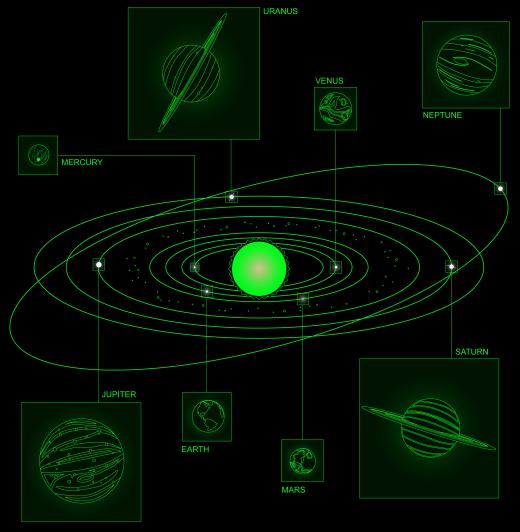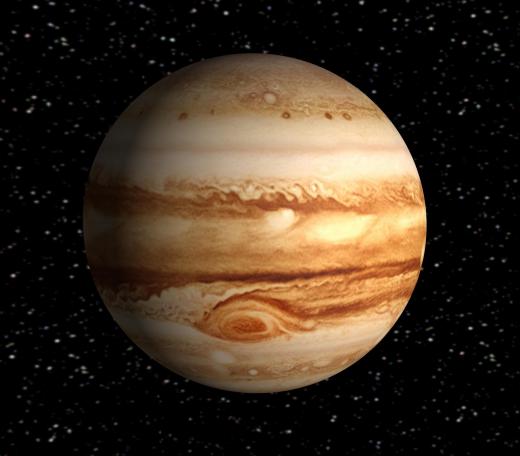What is an Astronomical Unit (AU)?
An astronomical unit (AU) is a measure of distance often used in astronomy, equal to the distance between the Earth and the Sun. In terms of more common units of measurement, an AU is equal to about 93 million miles (150 million km), or the distance light travels in a little over eight minutes. The symbol AU is most often used to represent the astronomical unit, though less commonly you may see UA used instead.
People have been estimating the distance between the Earth and the Sun for quite a long time. Many Greeks came up with measurements, often wrong by fairly enormous margins. The Greek Eusebius came up with a measurement that is surprisingly close to the modern measure of an astronomical unit. In one of his works he estimated it at 804 million stadia. The stadia, a Greek unit of measure, is roughly 605 to 625 feet (85-90m), making his estimate somewhere between 92 and 95 million miles (149-153 million km).

At the end of the 17th century, the AU was officially estimated to be roughly 87 million miles (140 million km) by using the location of Mars at two different points in the Earth’s orbit. At the end of the 18th century a method was conceived of by using Venus as the measuring point, during its transit across the face of the sun. This method produced a much more accurate figure. At the beginning of the 20th century an asteroid passed near the Earth, and an even more accurate figure for the astronomical unit was calculated.

By the mid-20th century, and on into the 21st century, improvements in various measurement technologies allowed for much more precise measurements to be carried out, further refining the AU. By using space probes and satellites, modern definitions have been created, with a far greater degree of accuracy than any in the past. In 1976 the actual definition of the astronomical unit was updated, to get a more sophisticated measure. Perhaps the most precise definition could be given as the distance from the exact center of the Sun at which a particle would take a Gaussian year (365.2568983 days) to complete its orbit. If that seems confusing, just think of it as roughly the same as saying an astronomical unit is the distance from the center of the Earth to the center of the Sun.

The actual figure for an AU yielded by this definition, and by the most modern measurements, is approximately 92,955,807 miles (149,597,870.691km). This figure was adopted in 1996, and is considered accurate to within about 10 feet (approximately 3m).
The astronomical unit can be useful not only for astronomers, but also for normal people trying to get a handle on the relative distances involved within our own solar systems. While distances between planets can seem too large to ever get a handle on when they’re given in miles or kilometers, when given in astronomical units it becomes much easier to see the relationships between them. For example, while the Earth is of course 1AU away from the Sun, the Moon is only 0.0025AU away from the Earth. And while Jupiter, which we think of as being quite far away, is just over 5AU from the Sun, Pluto is a whopping 40 to 50AU away. And if that seems like a long way, consider that the nearest star to our own solar system is 268,000AU away.
AS FEATURED ON:
AS FEATURED ON:














Discussion Comments
@sherlock87, I think that the type of thing you study in astronomy depends on the teacher. I had a similar experience, because my astronomy teacher was also a physicist and taught many advanced physics classes. On the other hand, I had a friend who studied astronomy elsewhere, and they barely even discussed the concept of things like a unit of astronomical distance, let alone things like planet size and matter. They spent far more time on things like stars and constellations, like you thought your class would be.
When I took astronomy in college several years ago, we spent a lot more time than I expected doing formulas to determine the astronomical units of planets' distances from one another, the sun, and other similar things. I thought we would spend more time talking about things like stars and constellations, but it actually turned out to be sort of like a "light" physics class.
Post your comments